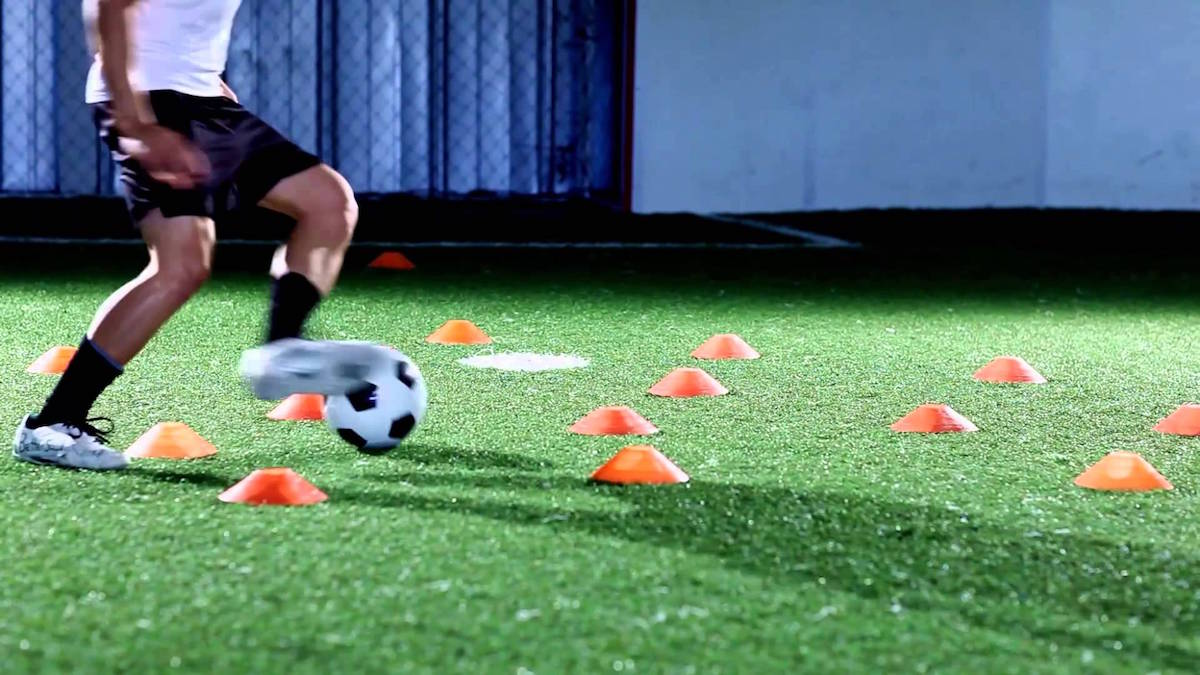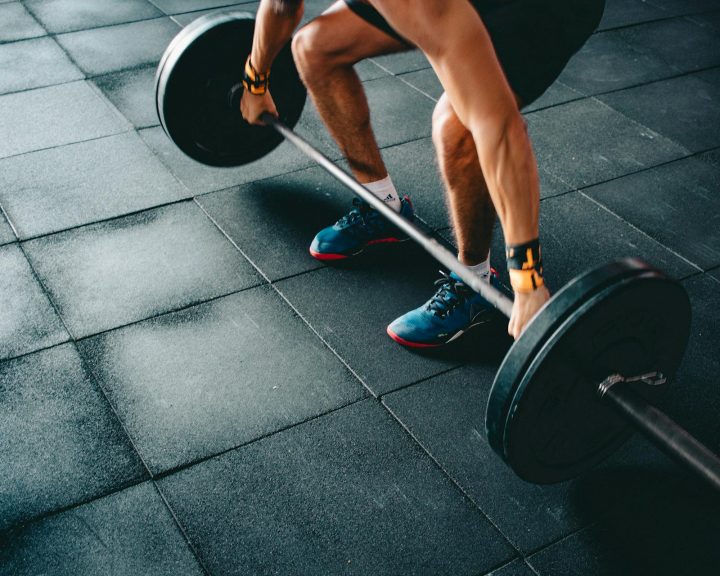I want to thank Twitter for helping me come up with this post. Recently I tweeted something to the effect that squats, pulls, presses, rows, and the Olympic lifts are pretty much all you need for an effective athletic strength and conditioning workout. Think about it, every muscle of the body is trained. The skeleton and joints are loaded. Muscles are being built. The athlete is becoming a lot stronger and is learning how to apply that strength.
No coach has as much time as they’d like to prepare their athletes. I don’t care if you are a high school basketball coach or the head coach of the San Antonio Spurs, you never have as much time as you’d like. Not only do you now have time, but strength training is something else that the athlete has to recover from. What this means is that you have to be selective about what you use in training, this is not like bodybuilding where you have time to do 30 sets on each bodypart if you want.
I bring this up because I got some interesting direct messages as a result of that Tweet. Things like, “What about unstable training?” or “What about activation training?” Basically if there is a niche in the strength and conditioning market, the question is why weren’t these types of exercises included.
My short answer is that if you only have a limited amount of time and a limited ability to recover, then you need to focus training around those things that give you the best results in the least amount of time. In my opinion, those are the exercises that I listed in the first paragraph above.
The weight room does some things really well. It makes athletes bigger, stronger, and teaches them how to apply that strength. These three things have ripple effects. They provide a great foundation for increasing speed, agility, and power. They may make an athlete resistant to injuries, but it needs to be realized that the hard training in the weight room also can contribute to joint and lower back injuries.
There are things that the weight room does really badly. It’s terrible for sport-specific movements. Yes you can mimic throwing a fastball with a heavy kettlebell, but it will be so bad on your form and your joints that it will be counter-productive.
I think it’s bad for rotation, at least at the velocities that are seen in sports. I think that’s better trained via medicine balls, training for the sport, and maybe with elastic tubing. Otherwise, your options are holding a cable and rotating or putting a barbell on your shoulders. Neither gets you to the sport’s demands and they may place too much strain in areas that you don’t want.
I’m not sold on the tenants behind the FMS, learning to better activate our muscles, or the idea that some of our muscles are too active. I’m all for marketing and these are great sales tools, but if you only have a finite amount of time is this really the best way to spend it?
Now days we do a lot of “prehabbing” for injuries. This is strengthening joints and muscles in the hopes of preventing injuries. Things like drills where we stand on one leg to strengthen the ankle, hamstring training to prevent sprinting-related injuries, landing drills for noncontact ACL injuries, etc. For me, these are best done as warm-up exercises and not to be used as the foundation of a training session. The foundation should be on those movements I listed in the first paragraph of this post.
A concern I hear is that there’s not much variety in pressing, rowing, squatting, pulling, and the Olympic lifts. The table below gives you a small idea of what you can do. As an athlete progresses, the tools at their disposal increases. As you can see, without thinking too hard you can come up with a lot of variety.
|
Presses |
Rows |
Pulls |
|
Bench press Incline press Decline press Military press Behind the neck press Any press with dumbbells Any press with kettlebells Any press with bands or chains Any press with a pause at the bottom Any press with an exaggerated descent |
Bent-over rows One-arm dumbbell rows T-bar rows Horizontal rows Seated rows Any row with dumbbells Any row with kettlebells Any row with bands or chains Any row with a pause Any row with an exaggerated descent |
Deadlifts Deadlifts from different heights Deadlifts to different heights Pulls with no explosion Romanian deadlifts Good mornings Any pull with a pause Any pull with an exaggerated descent Any pull with bands or chains |
Now, with everything I’ve just posted I’m going to concede that things are going to work differently at the highest level. There’s a lot more sales involved to athletes, coaches, and agents. There’s a lifetime of training, injuries, and superstitions that have to be accounted for. There’s also a situation where these athletes are a lot closer to their genetic peak in their physical abilities and are going to require much more specific training. In addition, you have to factor in time with these athletes – time interferes with their ability to recovery from training and injuries.



1 thought on “Keeping Training Simple: A Rant”
Great rant!!! it’s too bad that You even have to make this Rant!!! Everyone wants a New workout each day that totally exhausts an athlete or …”It’s not a workout!!” This society is so Quick result driven that they won’t let a program totally develop and the better base the program has the better it is!! I battle the same BS….if people would ONLY do a little research into the Exercise Phys end of things it would be totally clear, but they NEVER do!!
Comments are closed.